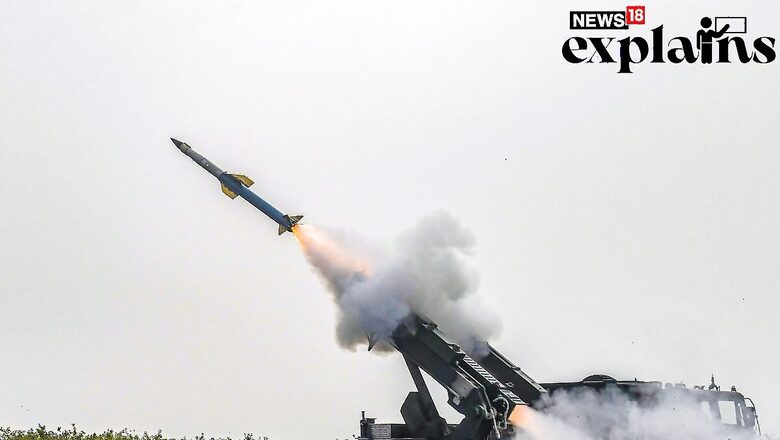
views
India is developing its own Long-Range Surface-to-Air Missile (LR-SAM) system, which it plans to deploy by 2028-2029. The system is being developed by the Defense Research and Development Organisation (DRDO) under the ambitious Project Kusha, as per reports.
The indigenous defence system would be similar to the famous Israeli Iron Dome air defence system, which has been successful in retaliating the Hamas missile strikes in the recent conflict.
The defence system will be able to detect and destroy targets including stealth fighters, aircraft, drones, cruise missiles and precision-guided munitions up to a range of 350 km, a report in The Times of India said.
All About Project Kusha
This ambitious Project Kusha will equip India with a robust air defence system capable of detecting and neutralising incoming threats.
The Cabinet Committee on Security cleared the development of the LR-SAM system as a “mission-mode” project in May 2022.
The Ministry of Defence in September accorded the acceptance of the necessity for the procurement of five of its squadrons for the IAF at a cost of Rs 21,700 crore.
The homegrown version of the Iron Dome is expected to bolster the nation’s defence capabilities. The initiative is a joint effort between the DRDO and IAI, Israel and also involves private players.
India’s previous collaboration with Israel was during the development of the Medium-Range Surface-to-Air Missile system (MRSAM), which can target aerial assets at distances of 70 km.
What Will LR-SAM be Capable of?
The Long-Range Surface-to-Air Missile system will feature long-range surveillance and fire control radars. It will be capable of reliable ‘area air defence’ with single-shot kill probability of not less than 80% for a single missile launch and not less than 90% for a salvo launch.
The “interception capabilities” of the indigenous LR-SAM, will be “comparable” to the Russian S-400 Triumf air defence system.
LR-SAM will employ long-range surveillance and fire control radars and utilise various interceptor missiles capable of hitting hostile targets. The LR-SAM system will comprise three layers of surface-to-air missiles, each designed to engage targets at different ranges of 150 kilometres, 250 kilometres, and 350 kilometres.
According to a report in Wion, the LR-SAM will have an impressive single-shot kill probability and it is expected to achieve a success rate of an 80 per cent or higher for single missile launches and 90 per cent for salvo launches.
Moreover, its capability to intercept fighter-sized targets at a range of 250 kilometres and larger aircraft, such as Airborne Warning and Control Systems and mid-air refuellers at a range of 350 kilometres.
Russian S-400 defence system
The Indian armed forces already have the S-400 air defence systems, which can hit targets at 400 km maximum distance and also have the capability to take out targets at shorter ranges too.
The S-400 missile defence system is equipped with four different missiles, which can engage enemy aircraft, ballistic missiles, and Airborne Warning and Control System (AWACS) planes at 400 km, 250 km, the medium-range 120 km and the short-range 40 km.
Moscow has already delivered three S-400 systems, which India has deployed along the borders with China and Pakistan. The delivery of two others is hindered due to the Russia-Ukraine conflict. In 2018-19, India agreed with Russia to procure five S-400 missiles worth Rs 35,000 crore.














Comments
0 comment